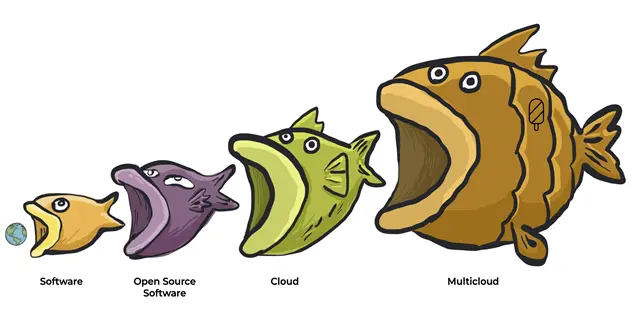Corporate systems broke down national barriers in collaboration. Open source took this a step further, going beyond traditional employment structures.
Web3 is a hot topic these days, raising lots of questions. Interestingly, open source - arguably its most important aspect - often gets overlooked in discussions. It's key to remember: if Web3 is the child of cryptocurrencies, then cryptocurrencies are the offspring of open source.
How does understanding open source help us grasp Web3? Even though I've only been in the industry for 3 months (as of September 2022), my chats with Web3 OGs have consistently surprised them. They're often amazed at how much I've picked up in such a short time.
Looking back, it's not that I'm a super-fast learner. It's more that the open source community I've been part of for years looks a lot like one of Web3's core ideas: DAOs. Open source communities are like a stepping stone between traditional companies and DAOs. They're a smart way to build better software to meet evolving needs, all using Fiat money - and they came before cryptocurrencies were even a thing.
Getting your head around open source culture isn't as tough as understanding blockchain or complex algorithms. But this open source way of thinking is crucial to how our tech world is changing. In this article, I want to share these insights with you, hoping to boost your understanding of the field.
So, let's start with our first big question: What exactly is open source?
Some say open source is about giving back. Others see it as a new way to work together, a fresh collaboration standard, or even a belief system. All these views have merit. In this article, I'll focus on how open source helps us build better software to meet evolving needs.
By 2022, open source in the Web2 world has created solid business models, both globally and domestically. This growth has exploded recently, especially as cloud computing matured from its shaky early days into a rapid growth phase. This shift is driving the digital transformation of our society. Open source infrastructure is booming worldwide. In China alone, many new startups popped up last year, raising impressive amounts of money (according to the 2021 China Open Source Annual Report):
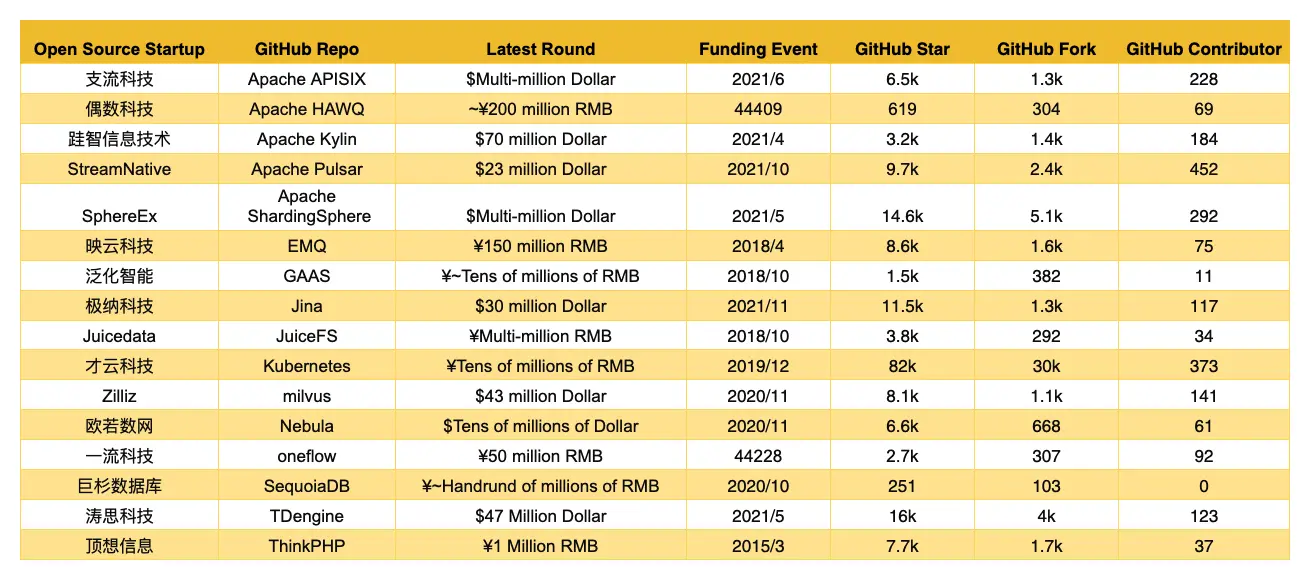
From databases and middleware to AI and cloud tech, open source projects are setting new records in funding amounts and frequency. Global open source companies are a step ahead of their Chinese counterparts. They're either going public or getting bought out, with faster turnaround times for investors. A great example is HashiCorp, a cloud DevOps platform. They went public on NASDAQ on December 9, 2021, valued at about $15.3 billion:
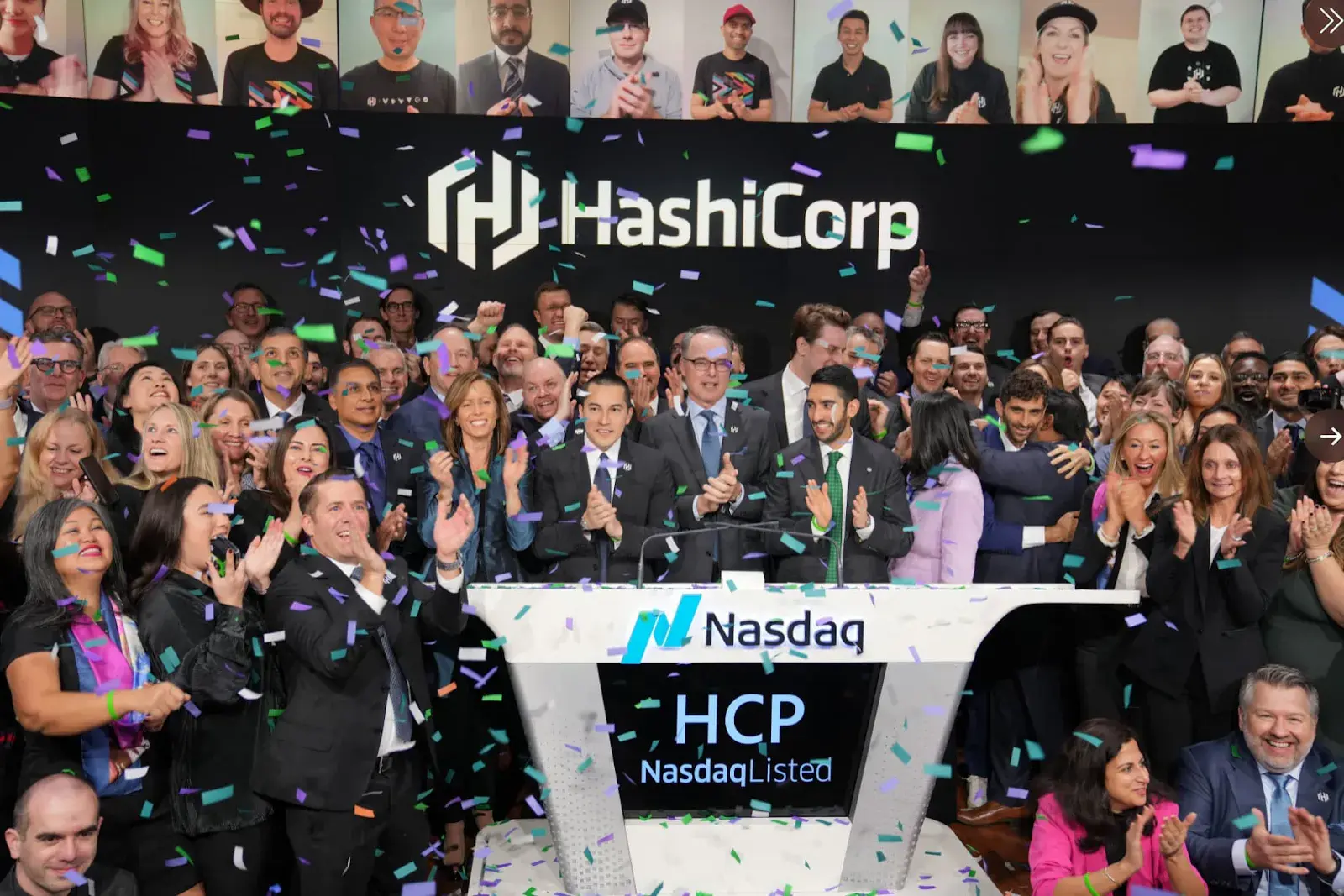
It's clear that open source has become a serious business and investment opportunity. The image below shows just how much the open source ecosystem has grown:
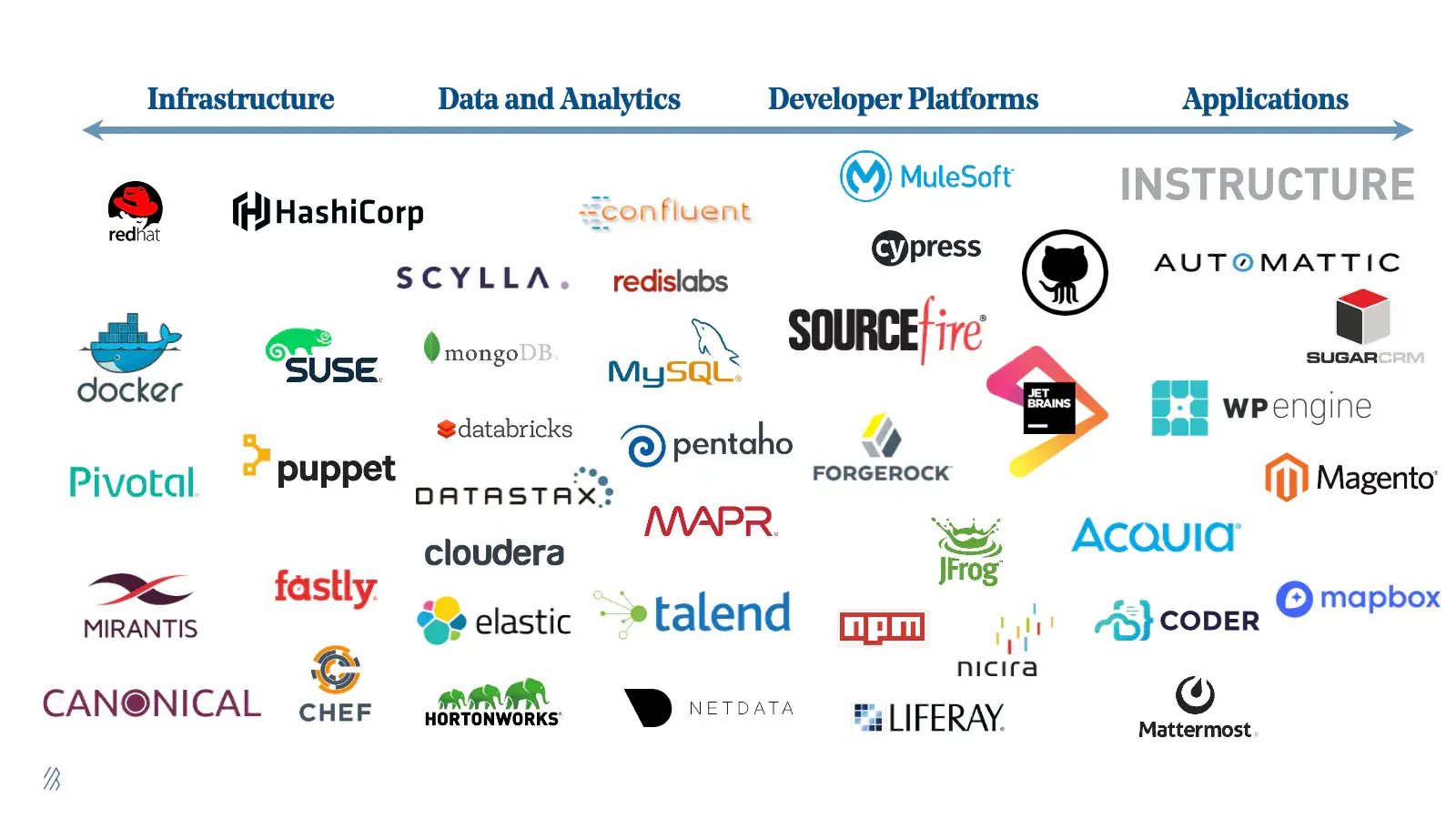
From start to IPO, investors like GGV have put a lot of money and time into open source startups. Founding teams have faced tough challenges and solved complex problems. Community contributors have made countless code submissions and helped spread the word, writing code, docs, and promoting the projects.
In the end, investors make good money. Founders find success and fame. But the army of open source contributors? They often end up with just t-shirts, hoodies, and stickers. They feel part of the community as they work on the next bug fix.
Here's the catch: most contributors say they do it "for the love of it," but don't get fair pay for their work.
Now, let's go through our second big question: Why do we need Web3 to improve open source, when Web2 open source seems mature? The current Web2 open source model (based on Fiat money) is struggling to create better software faster or meet new needs. It's getting harder to speed up how quickly products mature, which can take years or even decades.
To explain this, let's take a quick look at open source history. I'll share my view on how open source business models have changed over three generations.
Open source has roots going back to the 1950s, with a project called ARPANET. The first big names in open source include Richard Stallman (RMS), who started the Open Source Initiative (OSI) and pushed for free software. You might know RMS's editor, Emacs - famous for being tough to learn:
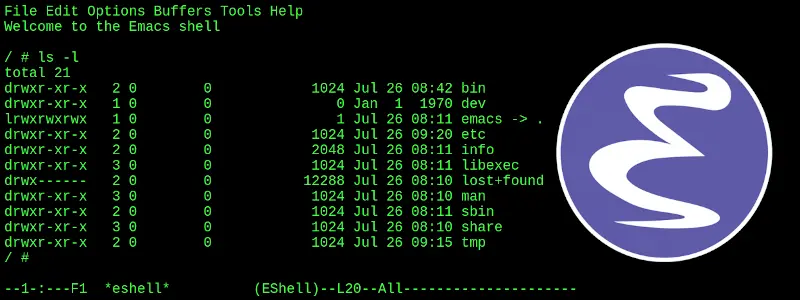
In the 70s and 80s, open source grew. But it really took off in the 90s, thanks to people like Linus Torvalds. Linus, known for his strong personality, created Linux. Linux became huge in server systems, a big win for open source. This is when open source started to beat commercial software at building better software to meet evolving needs.

In 1999, Eric S. Raymond wrote "The Cathedral and the Bazaar," which explains this shift. The book compares two models:
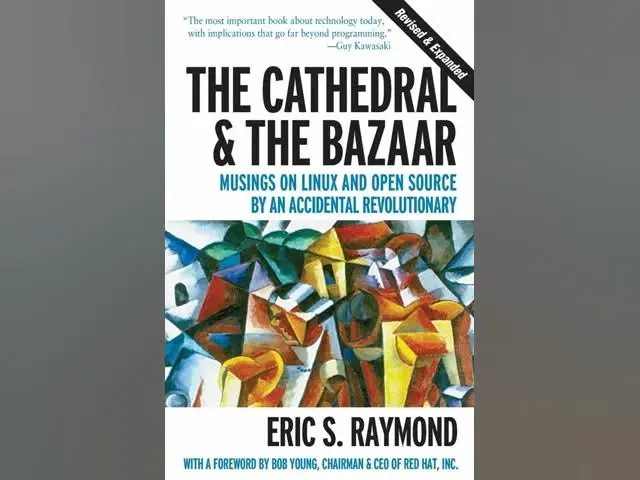
- The "cathedral" (commercial software): closed, top-down, and centralized.
- The "bazaar" (open source): open, peer-to-peer, and collaborative.
Both have pros and cons:
- The cathedral model is good at organized teamwork but often lacks new ideas.
- The bazaar model taps into global brainpower for innovation but initially struggled with coordinating work.
So how did open source solve its problems? Linus came up with a game-changer: Git
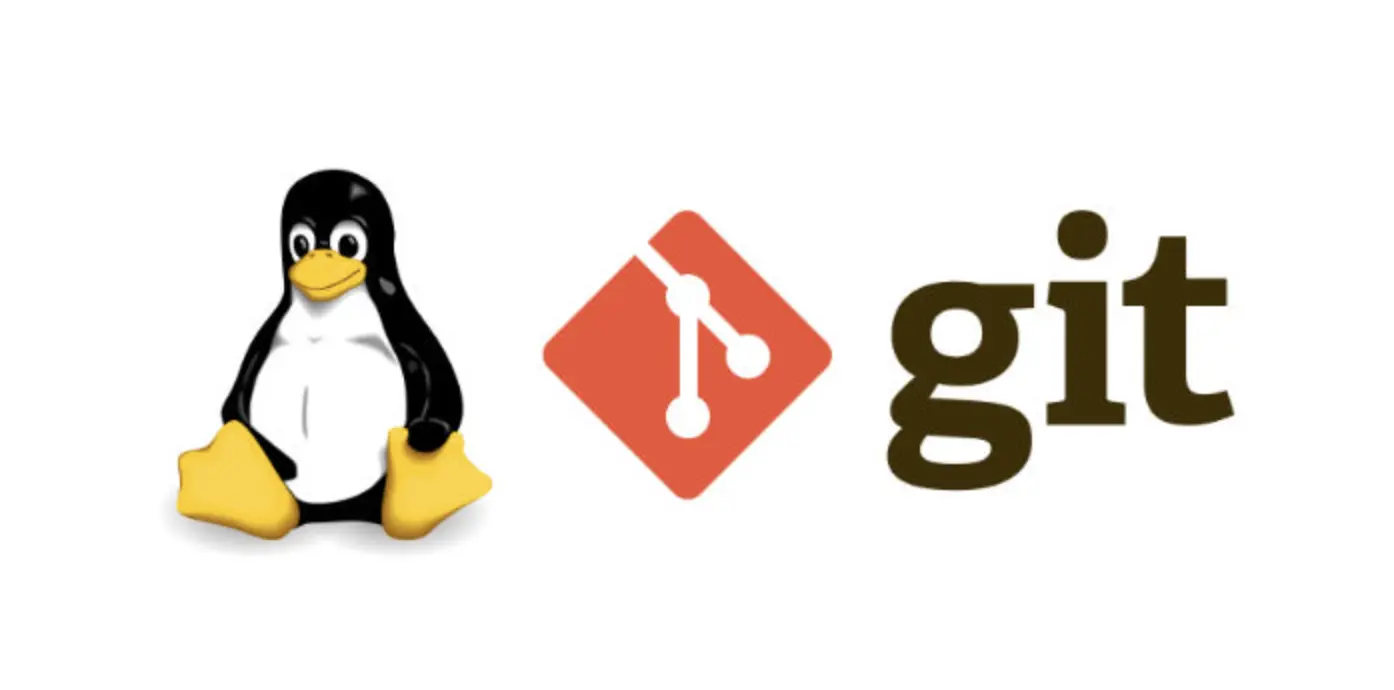
While coding is mostly about logic, the big issue was how to share and merge code easily. Git fixed this, giving Linux a huge boost and changing open source forever. Then came Git-based platforms like GitHub, making it even easier for coders to work together. With new features like issue tracking and code reviews, open source became more productive than ever.
As open source grew, it started making money too. Let's look at how this happened.
First came Red Hat:

While Linus made Linux popular worldwide, Red Hat figured out how to profit from it:
- They challenged Windows' monopoly with an open source approach.
- Their business model was based on selling licenses for custom Linux solutions.
- Instead of making new open source projects, they made money from existing ones.
- In 2018, IBM bought Red Hat for $34 billion, ending an era for this pioneer.
The second wave of open source companies was more interesting. These companies really believed in open source but also knew how to do business. Examples include MongoDB (databases), Elasticsearch (search), and Cloudera (data platforms).
Their goal was simple: build better software to meet evolving needs.
Take MongoDB. Founded in 2007, it filled a gap left by traditional databases. As big data grew, old databases couldn't keep up. MongoDB and others met new needs like document storage, key-value pairs, and graph databases.
But these companies faced a new problem: cloud providers, especially AWS (Amazon Web Services). AWS would take open source projects, change them a bit, and sell them without giving back to the original projects. Funny enough, cloud computing itself relies on open source tech like Docker and Kubernetes. These tools let cloud providers sell flexible, virtual resources instead of physical servers.
The open source community wasn't happy about this. In 2015, Elasticsearch's CEO Shay Banon publicly called out AWS, comparing them to vampires. It caused quite a stir. MongoDB and Elasticsearch then changed their licenses to stop AWS from freely using their code:

In business, today's enemy could be tomorrow's friend. The fight between open source companies and cloud providers was clear. But was there a way for everyone to win?
The third wave of open source companies found a solution: cloud-hosted SaaS.
HashiCorp is a good example. They buy cloud resources from providers, build their own platform, and share the profits. Other companies put their software on cloud platforms as a service. For instance, StreamNative (a messaging tool) works with Tencent Cloud.
Let's sum up how open source business models have changed:
First wave: "We'll just sell open source. Anyone who wants to develop it can do it themselves."
Second wave: "We love open source communities and projects, but some folks are freeloading without paying."
Third wave: "We still love open source communities and projects. Now, VCs are our upstream partners, cloud providers are our downstream collaborators. Everyone's making money - sweet!"
This is just a brief overview of open source history. There's much more to explore, and I would love to hear your thoughts. Feel free to share your comments below.
In future articles, we'll look at how open source and DAOs are similar. Does Web3's focus on community come from open source? Can the idea of "forking" in open source help us understand big splits in cryptocurrencies like Bitcoin and Ethereum?
